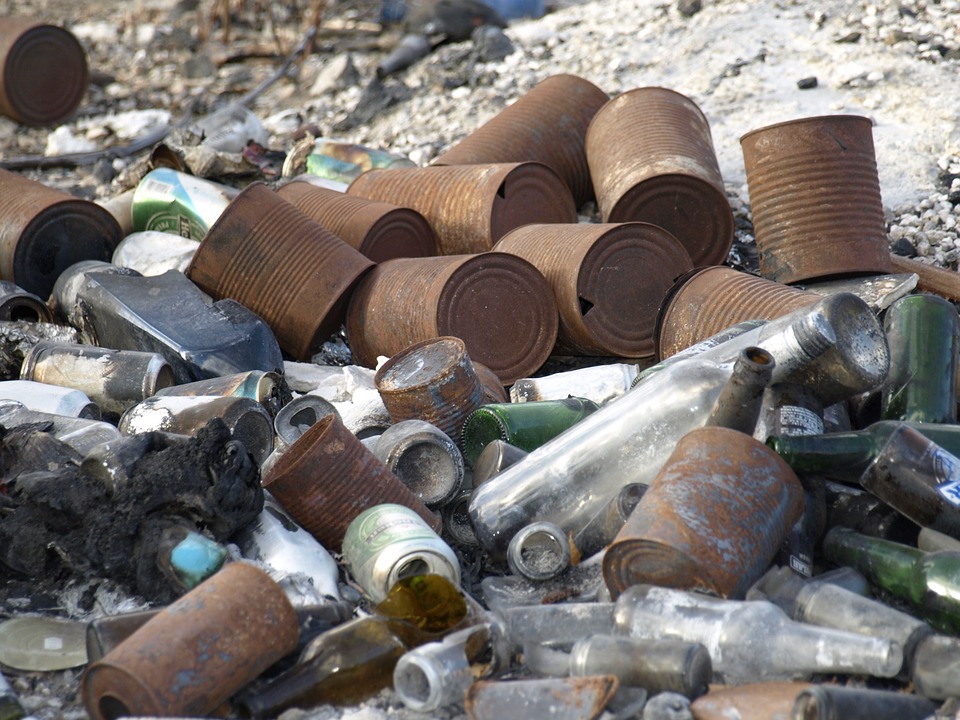Recycling glass in Canada is not the easiest. As a material, glass presents numerous challenges to recycling programs across the country. Glass is highly abrasive on recycling equipment, its weight drives up transportation costs, and it can be very difficult to separate into single-stream. At times, the market for recycled glass has proven to be difficult for some municipalities to access. Despite these problems, glass remains as one of the key materials sought after for recycling.
 |
| How Do we Recycle Glass in Canada – all the answers found here! |
How we recycle glass in Canada begins with collecting it and sending it to a recycling facility. Though it can be difficult to separate, some facilities are implementing new technologies to make it easier. For example, some of the latest tech employs a vacuum to separate paper from glass, leaving only the glass behind and doing so rather quickly. After glass has been separated and sorted through this method, it may undergo another cleaning and refining process to remove other contaminants. Some of Canada’s more advanced recycling facilities may include air separation systems, mechanical screenings, metal detection, and other steps.
Then, the glass is separated according to color and is sent off to local manufacturers who can then use the glass to make bottles. Before long, you’ll see the old glass re-manufactured into new bottles and similar glass materials. Compared to other recycling materials such as paper, glass has a strong recycling rating in terms of being able to be recycled without losing much of its material reliability. The market for glass marketing is also rather healthy in Canada and the United States, and more manufacturers have expressed interest in opening their own glass recycling facilities.
There’s another point that is worth making on the subject of glass recycling in Canada. Contrary to how we sort most recycling materials, glass is a material that would benefit greatly from single-stream. Single-stream recycling is separated recycling bins, specialized to individual materials. For example, a single-stream recycling program might include a bin for paper, a bin for plastic, and one for glass. When glass is collected via single-stream, it means that the material will come through cleaner and thereby require less processing. This is one possible scenario Canada may want to entertain to maximize its glass recycling operations. Another is to set up central drop sites for consumers to bring their glass to. In some provinces and municipalities, this is has already been done for years.
Fortunately, the future of recycling in Canada looks promising. New recycling facilities are developing, new glass-friendly recycling technologies are being developed and released to the market, and as we move to limit our landfill waste, glass is a material that can fulfill so many different roles.
Much like how we recycle other materials in Canada, producing localized solutions will be key. Regions such as the GTA provide great opportunity to establish localized recycling solutions and to demonstrate a proven marketplace for glass recycling. Needless to say, this is not a material to forget about. As we move ahead in the years to come with recycling in Canada, glass continues to have a lot of economic potential. Across Canada, we along with so many other waste management companies encourage municipalities to examine potential localized solutions.
For more information on glass recycling and how to maximize your waste management, speak with a representative at Core Mini Bins today.